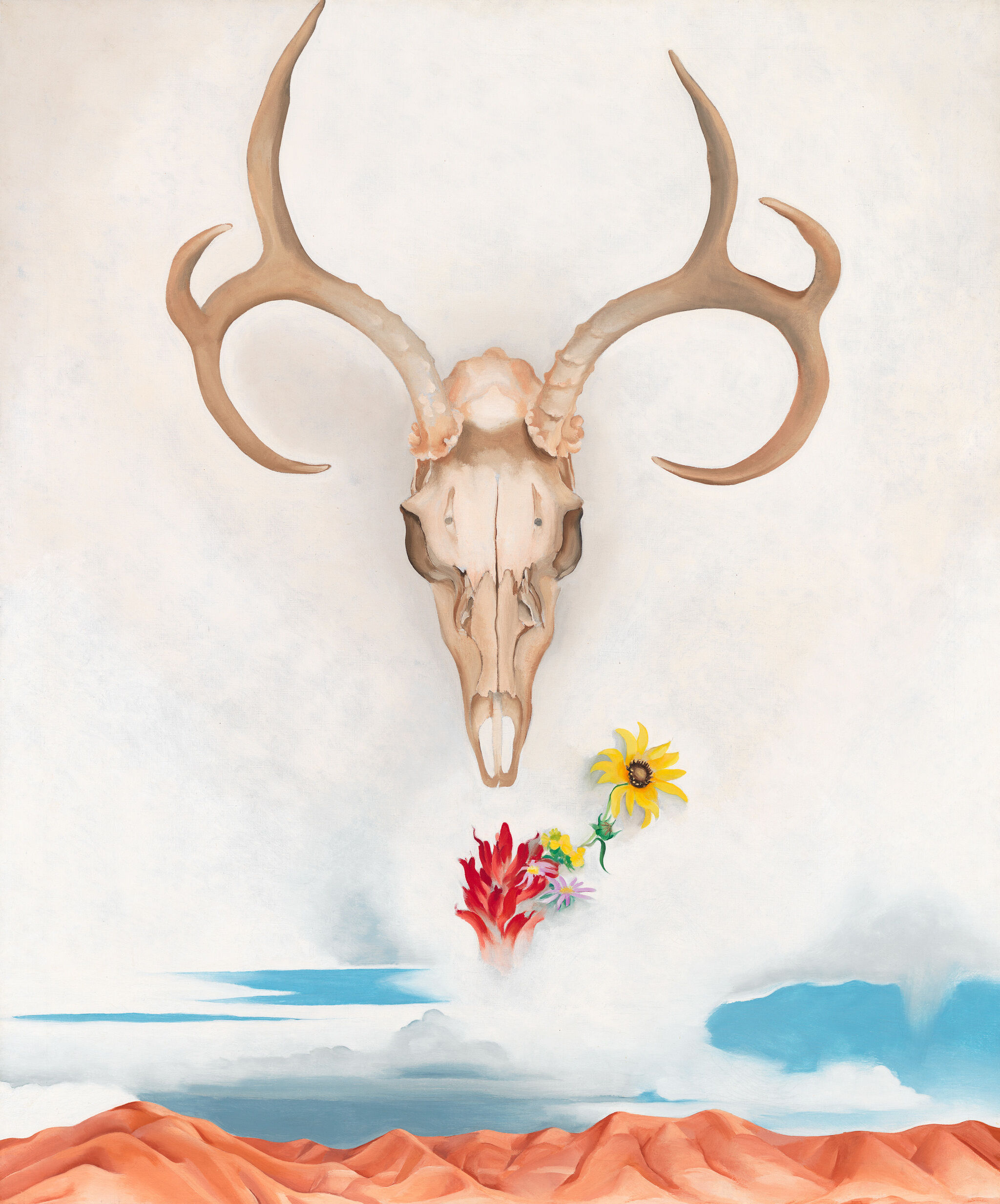Portraits without People
Create a symbolic portrait
Marsden Hartley’s Painting Number 5, 1914-15 is a portrait of his close friend, Karl von Freyburg. Georgia O’Keeffe’s painting, Summer Days, 1936 can be seen as a type of self-portrait. The symbols of the flowers, animal skull, and the New Mexican environment where O’Keeffe lived for many years suggests things about her such as place, likes, and personal interests.
a. With your students, compare and discuss Painting, Number 5 by Marsden Hartley and Summer Days by Georgia O’Keeffe. What do students notice about each of these portraits without people?
b. Ask your students to create a symbolic portrait of themselves or someone they know. What signs or symbols would students include? Have students use shapes, colors, designs, and symbols which represent the person without drawing a picture of what they look like.
c. Think about what is important to this person. Ask students to take notes. Which occupation, special interest, or hobby does this person have? What are their initials? What special items of clothing do they wear? What is their favorite color? Where do they spend time?
d. View and discuss the finished portraits with the class. What can students tell about the person by looking at each other's symbolic portraits?

